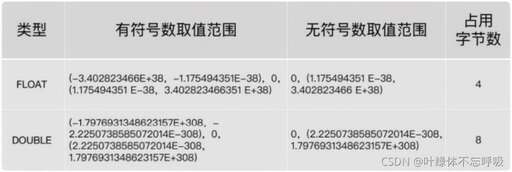數組和指針之間有什么關系?
1、指針:系統為某一個變量開辟單元格,指針便指向此單元格的變量值。
2、數組:系統為某一組數開辟一組單元格,數組首地址便是你定義的數組變量名。
數組和指針的唯一區別是,不能改變數組名稱指向的地址。
對于數組來說,數組的首地址,也可以用指針來表示操作,如:
int a[10];
int *p,n;
p = a;
對第一個元素取值,可以用幾種方法:
n =a[0];
n = *p;
n = p[0];
n = *(p+0) ;
但是以下語句則是非法的:
readings = totals; // 非法!不能改變 readings totals = dptr; // 非法!不能改變 totals
數組名稱是指針常量。不能讓它們指向除了它們所代表的數組之外的任何東西。
擴展資料
下面的程序定義了一個 double 數組和一個 double 指針,該指針分配了數組的起始地址。隨后,不僅指針符號可以與數組名稱一起使用,而且下標符號也可以與指針一起使用。
int main()
{
const int NUM_COINS = 5;
double coins[NUM_COINS] = {0.05, 0.1, 0.25, 0.5, 1.0};
double *doublePtr; // Pointer to a double
// Assign the address of the coins array to doublePtr
doublePtr = coins;
// Display the contents of the coins array
// Use subscripts with the pointer!
cout << setprecision (2);
cout << "Here are the values in the coins array:\n";
for (int count = 0; count < NUM_COINS; count++)
cout << doublePtr [count] << " ";
// Display the contents of the coins array again, but this time use pointer notation with the array name!
cout << "\nAnd here they are again:\n";
for (int count = 0; count < NUM_COINS; count++)
cout << *(coins + count) << " ";
cout << endl;
return 0;
}
程序輸出結果:
Here are the values in the coins array: 0.05 0.1 0.25 0.5 1 And here they are again: 0.05 0.1 0.25 0.5 1
當一個數組的地址分配給一個指針時,就不需要地址運算符了。由于數組的名稱已經是一個地址,所以使用 & 運算符是不正確的。但是,可以使用地址運算符來獲取數組中單個元素的地址。

